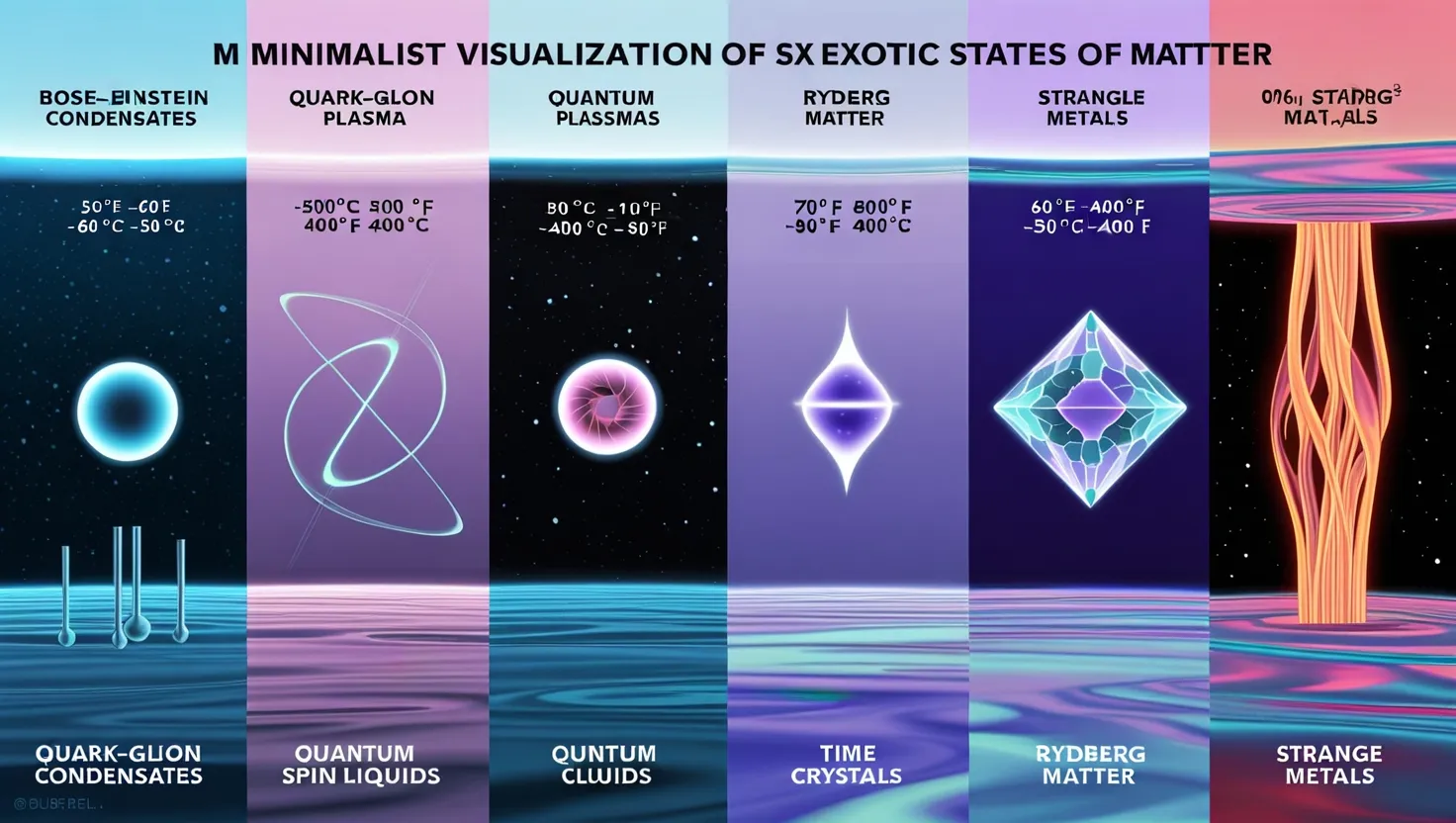One of the most intriguing design challenges has always been building a car that can drive both on land and underwater. You know, like those cool amphibious cars from comic books and movies where the wheels tuck in, and it’s all powered by propellers, gliding underwater like a sleek sea creature.
Take the Amphicar from the ’60s—it was imagined by Hans Trippel and made in Germany. It could drive right into the water but, unfortunately, it had major design flaws. The big issue? It rusted like crazy.
Fast forward forty years. Enter Tim Dutton, a coastal living car designer with a love for water skiing. Tim decided to take on this aqua-car challenge and came up with the Dutton Mariner. Picture this: a Ford Fiesta meets a boat. It’s built with a watertight fiberglass body and the hull is completely sealed around the wheels. So, yeah, it kinda looks like a high-powered bathtub, but don’t be fooled—it can zip around at a top speed of 95 mph.
On the water, it navigates differently. As the car rolls into the water, covers over two jet units are lifted, allowing the engine’s power to switch to jet propulsion. This enables smooth steering and movement.
When Tim first tested the prototype in the water, it was a nerve-wracking experience. They were unsure if the car would keep floating or just sink. Nowadays, people are still a bit apprehensive during demos—often clutching the dashboard as they remind themselves, “I’m in a car. On water. This isn’t supposed to happen!” But thanks to a sealed bulkhead between the engine and passenger compartments, even if the hull gets a hole, the car won’t sink.
With a top speed of seven knots, this car can handle some rough seas. Tim even drove one across the channel to France, a grueling 30-mile ocean journey. The reactions from onlookers are always priceless—seeing a car plunge into water and not just float but cruise onward is mind-blowing.
People use them for practical purposes too, like island hopping or shuttling between a big boat and the shore. So, while the idea of an amphibious car sounds straight out of a comic book, thanks to inventiveness and a bit of daring, it’s now a reality.






